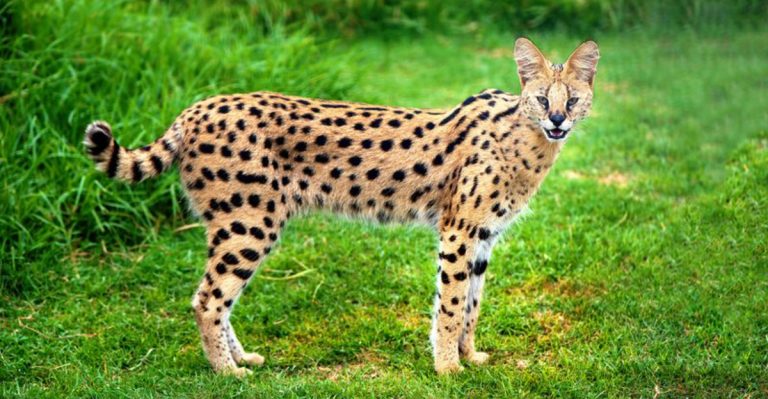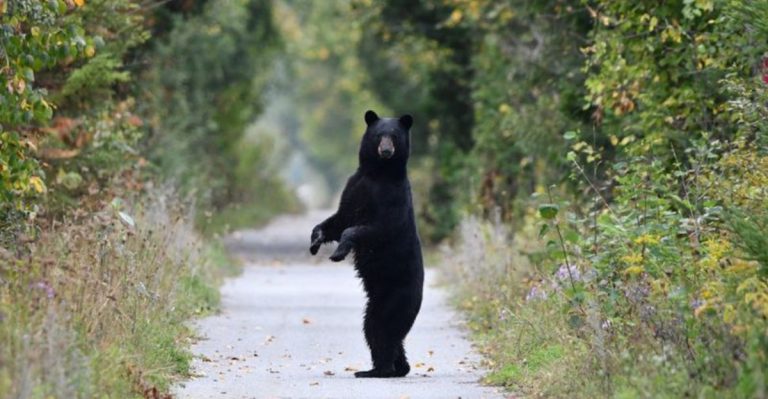What’s Digging Up Your Yard In Ohio? Meet The Armadillo Now Moving North
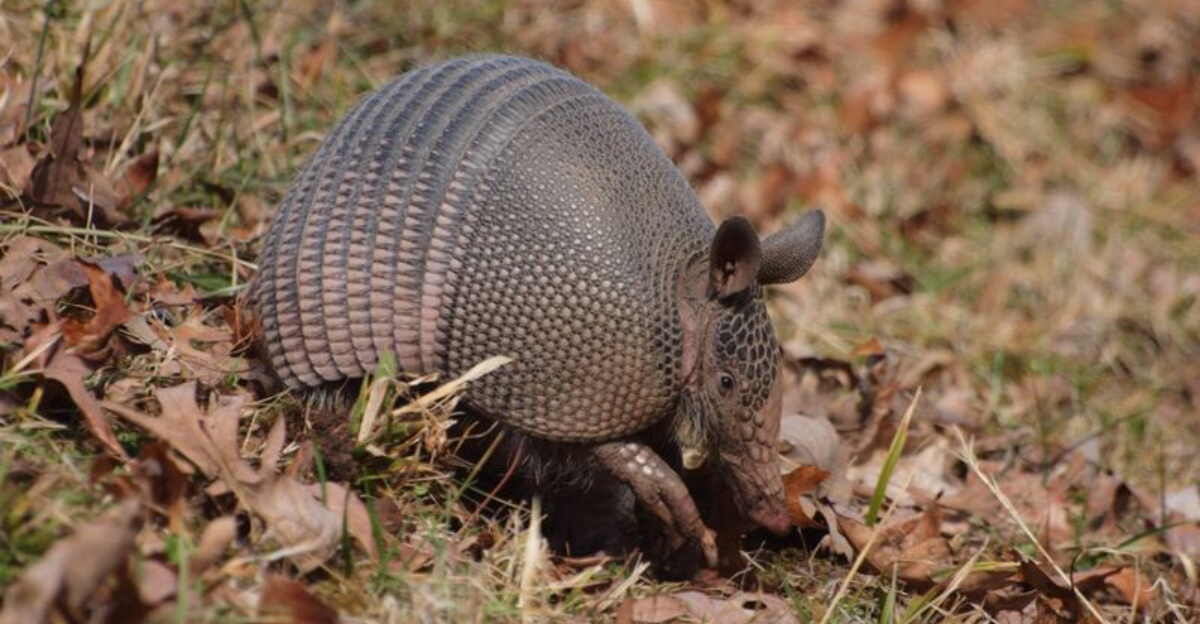
Ohio homeowners are discovering a surprising new culprit behind those mysterious holes in their yards – armadillos. These armored mammals, traditionally found in the southern United States, are steadily expanding their territory northward into the Buckeye State.
Climate change and warmer winters have allowed these unique creatures to survive in areas previously too cold for them, bringing both curiosity and challenges to Ohio residents.
The Armadillo’s Unexpected Arrival In Ohio
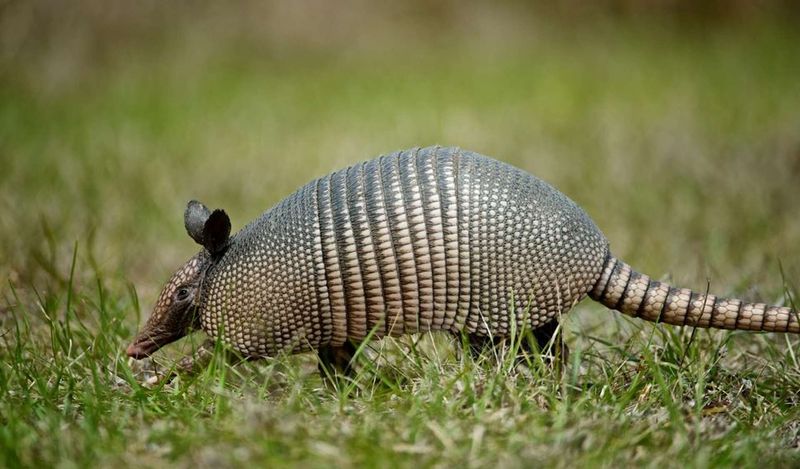
Armadillos have been spotted with increasing frequency across southern Ohio counties since 2020. These prehistoric-looking creatures were once confined to the Deep South but have gradually pushed their boundaries northward.
Wildlife officials confirm multiple sightings and road casualties, proving these aren’t just tall tales from confused gardeners. Their arrival represents one of the most significant mammal range expansions in recent Ohio history.
What Is An Armadillo?
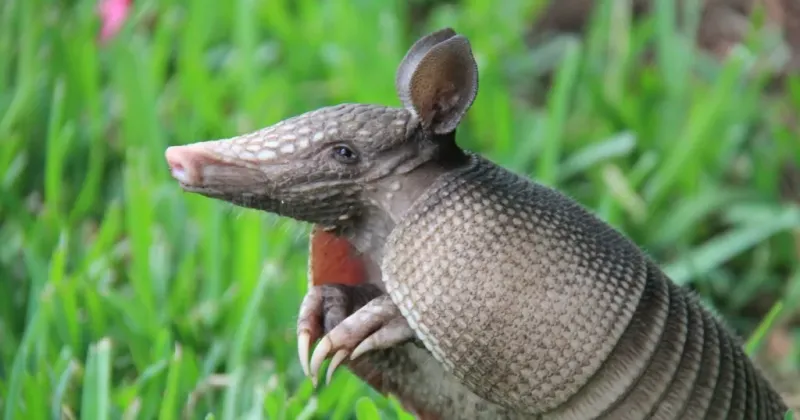
Armadillos sport a leathery shell made of bony plates covering their back, head, legs, and tail. About the size of a large housecat, they typically weigh 8-17 pounds and reach 2.5 feet in length.
Despite their fierce appearance, they’re actually gentle insect-eaters with poor eyesight but excellent smell. Their name means “little armored one” in Spanish, perfectly describing these distinctive creatures now wandering Ohio.
Where They Used To Live
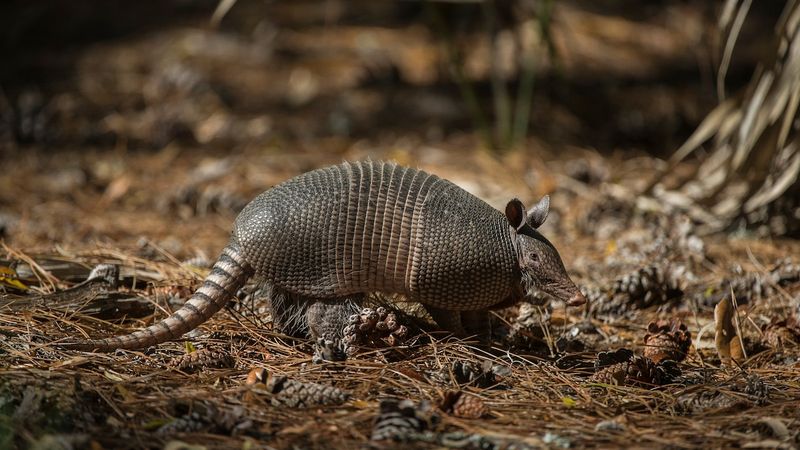
Before the 1900s, armadillos rarely ventured north of Texas and Louisiana. Their natural range centered in Central and South America, with the nine-banded variety barely reaching the U.S. southern border.
These creatures evolved in warmer climates, their armor designed for protection against tropical predators rather than frost. Historical records show virtually no armadillo presence in the Midwest until recent decades, making their Ohio appearance truly remarkable.
How Armadillos Are Moving North
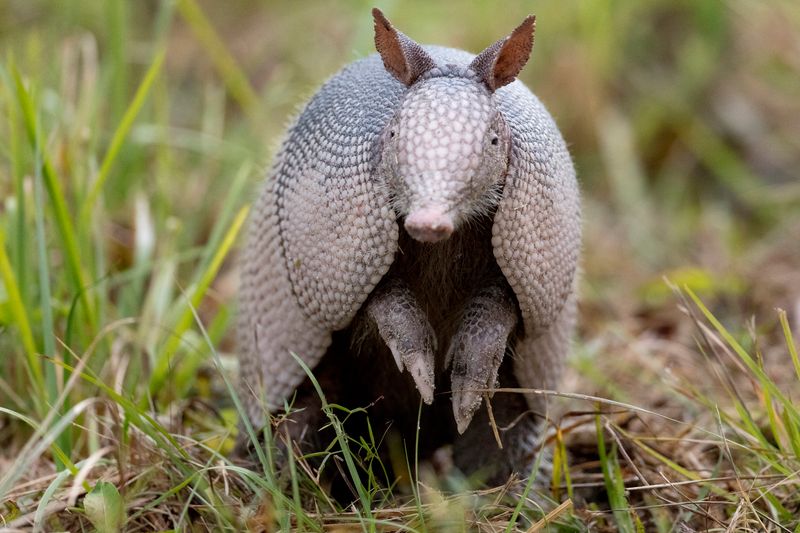
Armadillos have advanced northward at an astonishing rate of about 7-10 miles per year. They’ve already established breeding populations in Kentucky and southern Indiana, with Ohio representing their newest frontier.
Unlike deliberate introductions, this migration happens naturally as individuals wander new territories. River corridors particularly serve as highways for their expansion, allowing them to follow favorable habitat while avoiding human development.
Factors Driving The Northward Movement
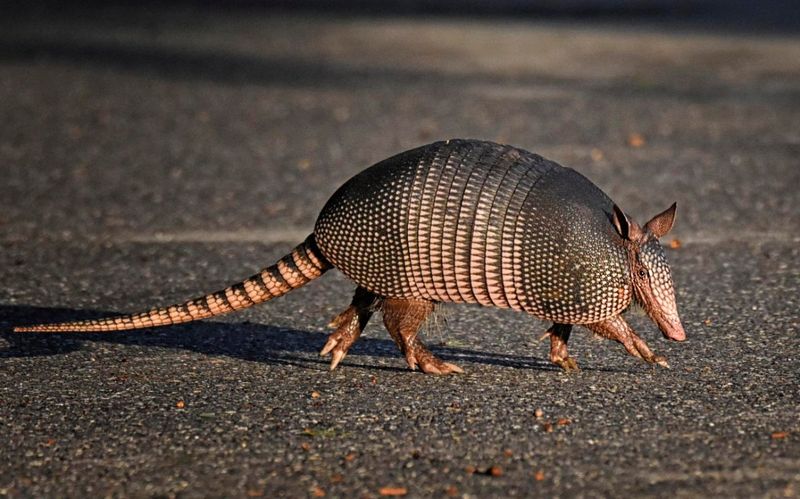
Global warming has created milder winters, reducing the deadly freeze periods that once prevented armadillos from surviving northern climates. Their opportunistic diet helps them thrive in varied environments, from forests to suburbs.
Human development ironically assists their spread through road corridors and cleared lands. Additionally, their remarkable reproductive strategy – giving birth to identical quadruplets from a single fertilized egg – allows populations to establish quickly once a few individuals arrive.
Challenges Faced By Armadillos In Northern Climates
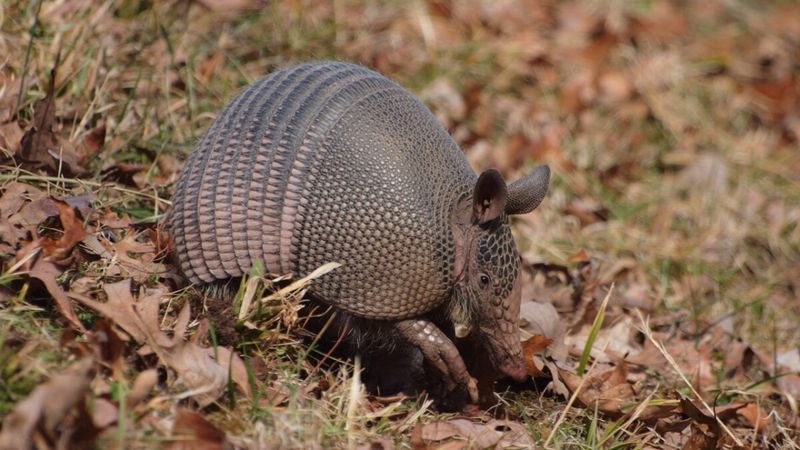
Harsh Ohio winters still pose significant threats to armadillos, whose low body fat and thin shells provide minimal insulation. They can’t hibernate and struggle to find food when ground freezes solid.
Their burrowing habits become difficult in frozen soil, forcing them to seek alternative shelter. Extended sub-freezing periods can cause frostbite on their thinly protected ears and tails, potentially limiting how far north permanent populations can establish.
Armadillo Sightings In Ohio
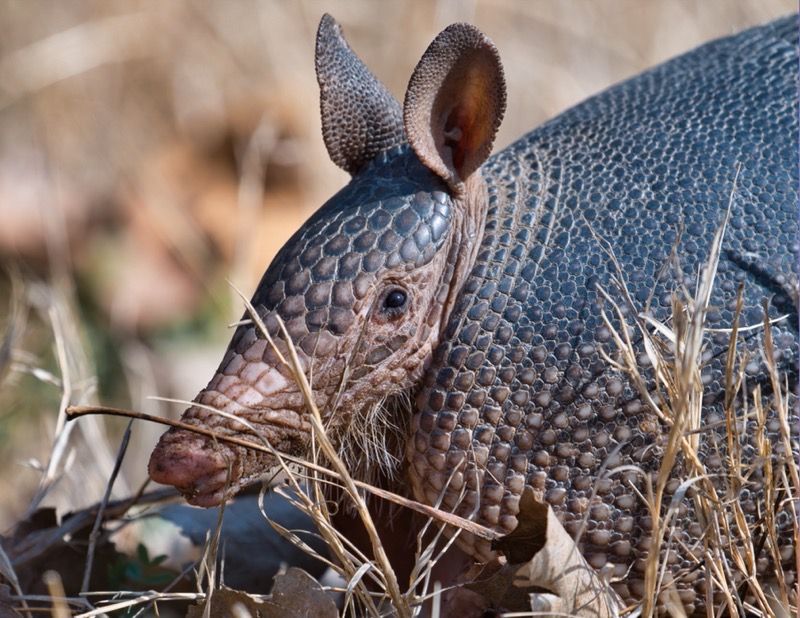
Confirmed armadillo encounters have occurred primarily in Ohio’s southern counties – Adams, Scioto, and Lawrence among them. Most sightings happen during summer months when armadillos are most active.
Wildlife cameras have captured nighttime footage of their distinctive digging behavior. While breeding populations haven’t been officially confirmed yet, juvenile specimens suggest they’re not just passing through but potentially establishing permanent residence in the Buckeye State.
Implications For Ohio’s Ecosystem
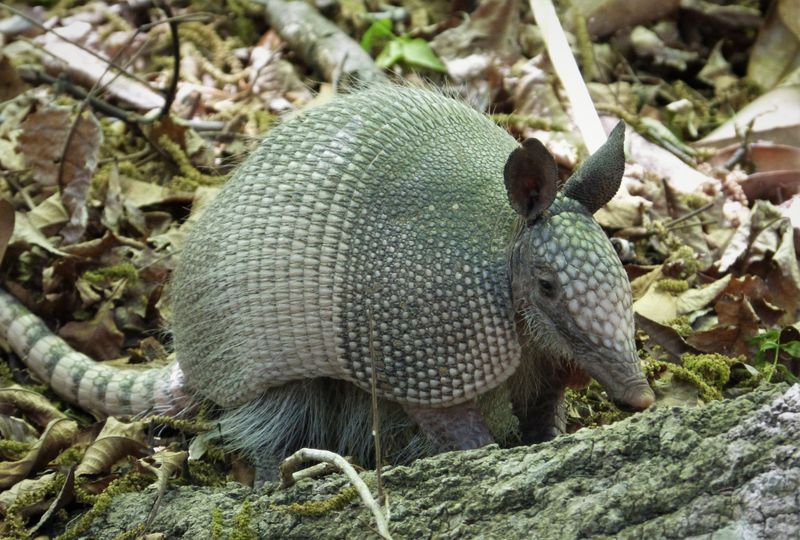
Armadillos consume vast quantities of insects, potentially reducing pest populations but also competing with native insectivores like skunks and raccoons. Their vigorous digging aerates soil but can damage plant roots and destabilize ground in sensitive areas.
As carriers of leprosy bacteria, they present minimal but real health concerns. Ecologists are closely monitoring how these newcomers interact with Ohio’s established wildlife communities, particularly whether they displace native species from burrows or feeding grounds.
How To Handle Armadillo Sightings
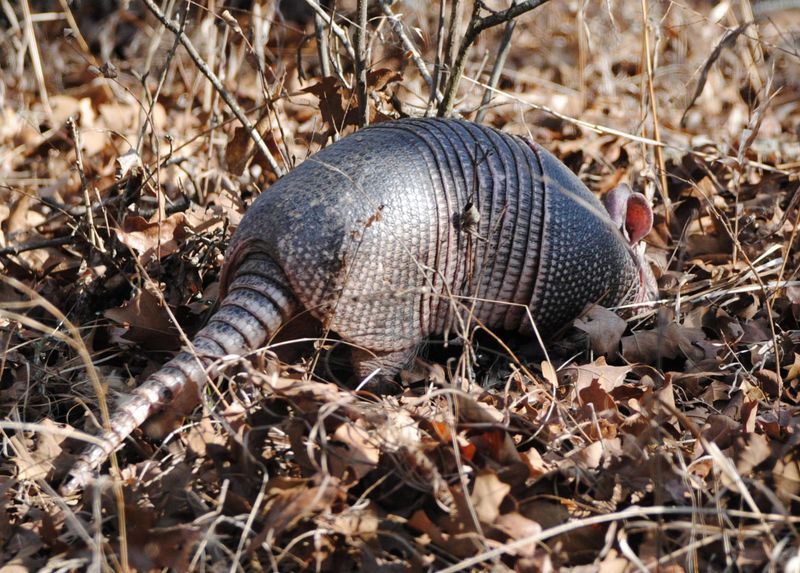
If you spot an armadillo, maintain distance while observing – they have poor eyesight but excellent hearing. Never handle them directly as they can carry leprosy bacteria, though transmission to humans is extremely rare.
Document sightings with photos if possible and report to Ohio Department of Natural Resources. Remember that armadillos typically flee when startled, sometimes jumping straight upward before running, which can startle unprepared observers!
Preventing Armadillo Damage To Property
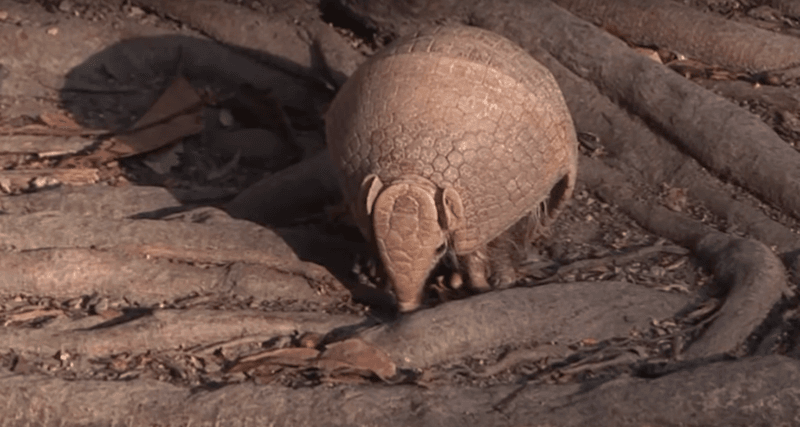
Install buried fencing extending 12-18 inches underground around gardens and valuable landscaping. Armadillos dislike strong scents – cayenne pepper, garlic, or commercial repellents sprinkled around problem areas can discourage visits.
Remove fallen fruit, rotting logs, and excess mulch that harbor insects. Motion-activated sprinklers startle these jumpy creatures effectively. For severe problems, humane traps with professional relocation may be necessary, though permits might be required.
The Future Of Armadillos In Ohio
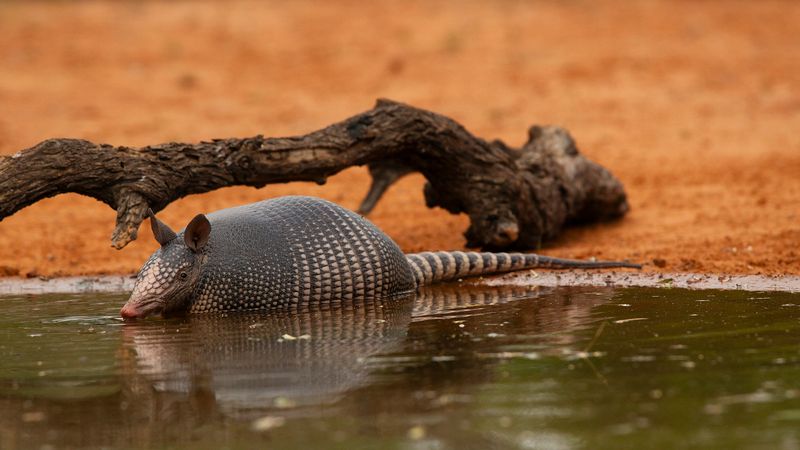
Climate models suggest Ohio will become increasingly hospitable to armadillos as winters continue warming. Scientists predict established breeding populations throughout southern Ohio within a decade, with potential expansion into central regions thereafter.
Their presence represents a visible indicator of shifting ecosystems due to climate change. Adaptation will require both wildlife management strategies and public education as Ohioans learn to coexist with these armored newcomers reshaping the state’s biological community.
Embracing Ohio’s Newest Resident
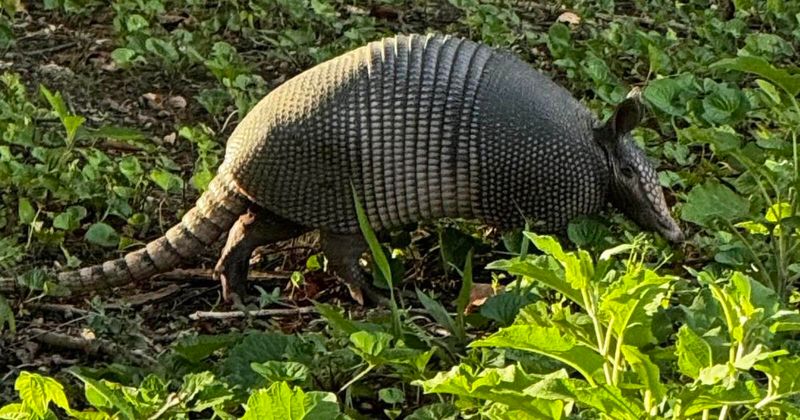
Armadillos represent just one example of shifting wildlife patterns affecting Ohio. Their arrival offers unique opportunities for citizen science as residents document this unprecedented range expansion.
Rather than viewing them as pests, consider them living barometers of our changing environment. With proper management and understanding, Ohioans and armadillos can share the landscape, writing a new chapter in the state’s ecological story as these prehistoric-looking creatures make themselves at home.


